Here are some key facts about the Indian Passport:
Let’s be honest — if there’s one tiny book that can give you serious main-character vibes, it’s the Indian passport. You know, that smart navy-blue booklet with the Ashoka emblem on the front and your entire travel personality inside? Yup, that’s the one.
Whether you’re planning a trip to Bali, applying for a visa to the US, or simply dreaming of stamping your way around the globe — your Indian passport is the travel essential. But this little booklet is so much more than just a ticket out of the country. It’s a symbol of identity, freedom, and possibility.
So buckle up — we’re taking a fun, no-boring-facts tour of the Indian passport!
🛂 What Even Is a Passport?
Let’s start with the basics. A passport is an official government-issued document that certifies your identity and nationality. It basically says, “Hey world, this person is from India, and yes, we vouch for them.”
It’s what lets you cross international borders legally. Without it, good luck getting past immigration anywhere.
Think of it as your traveling superhero ID — you flash it at airports, get it stamped at immigration desks, and sometimes even feel a tiny thrill when it comes back with that sweet visa sticker.
🇮🇳 The Indian Passport: Quick Intro
The Indian passport is issued by the Ministry of External Affairs (MEA), under the Passport Seva program. And trust me, they’ve come a long way from the dusty, slow, queue-filled days of yesteryears. Now, applying for a passport is a lot smoother — sometimes, you even get it delivered before your Amazon order!
Here’s what the Indian passport typically includes:
- Your photo (looking awkward, probably)
- Full name
- Date of birth
- Gender
- Place of birth
- Passport number (the holy grail)
- Issue and expiry dates
- Place of issue
- Signature and barcode
All of that in one sleek little booklet.
🧾 Types of Indian Passports
Not all Indian passports are created equal. Based on who you are (and what you do), there are three major types:
1. Ordinary Passport (Blue)
This is the one most of us have. Navy blue cover. Issued to regular Indian citizens for general travel — tourism, business, education, etc.
2. Official Passport (White)
Issued to government officials or people representing the Indian government on official business. It’s white and pretty rare to spot.
3. Diplomatic Passport (Maroon)
Now this one’s fancy. It’s issued to Indian diplomats, top-level government officials, and other elite folks. Comes with extra perks — like skipping queues and visa-free entry in many countries.
🧑💻 How to Get One: Passport Seva Vibes
Gone are the days when getting a passport felt like trying to get backstage passes at a rock concert. Thanks to the Passport Seva website (https://passportindia.gov.in), the whole process is now mostly chill.
Here’s the basic step-by-step:
- Register on the Passport Seva portal.
- Fill in the application form (online or download it).
- Pay the fee online — easy peasy with UPI, cards, or net banking.
- Book an appointment at your nearest Passport Seva Kendra (PSK) or Post Office Passport Seva Kendra (POPSK).
- Show up for verification with all your documents (proof of ID, address, DOB, etc.)
- Wait for the police verification (the legendary “Police aayenge ghar pe” moment).
- Receive your passport via post — and try not to stare at it every 5 minutes.
It usually takes a couple of weeks, but you can also opt for Tatkaal service for urgent passports — it’s faster (and pricier).
👮 Police Verification: The Classic Desi Ritual
No Indian passport application is complete without this iconic part — the police verification. A friendly neighborhood constable shows up (or calls you to the police station), checks your documents, may or may not have chai, and gives the green light.
Sometimes smooth, sometimes chaotic. Always memorable.
🛫 Where Can You Travel with an Indian Passport?
Here’s the fun part — once you have your passport in hand, where can you go?
As of now, the Indian passport ranks around 80+ in the global passport power index (it fluctuates). That means visa-free or visa-on-arrival access to about 60+ countries.
Some countries you can visit without a visa (or get one on arrival) include:
- Maldives
- Nepal
- Bhutan
- Mauritius
- Sri Lanka (with ETA)
- Thailand (visa on arrival)
- Indonesia
- Seychelles
- Kenya (eVisa)
Sure, we may not have the passport power of Japan or Germany yet, but hey — it’s not bad. And the list is growing!
🛑 But Hold On… Not Everything Is Easy
Yeah, having an Indian passport is awesome — but let’s be real. There are a few challenges:
- Visa struggles for certain countries (hello, Schengen!)
- Long paperwork for US, UK, Canada, etc.
- Random rejections (sometimes no explanation)
- Passport power ranking still improving
That said, it’s not impossible. With good documentation, planning, and sometimes a bit of luck, you can travel almost anywhere in the world.
🧳 Cool Passport Tips & Trivia
Here are some lesser-known and fun things about the Indian passport:
- Color code matters! Blue = ordinary, white = official, maroon = diplomatic.
- Your passport should always have at least 6 months’ validity before international travel.
- You can’t laminate, tear, or damage your passport — airlines can refuse boarding.
- Lost your passport abroad? Head to the nearest Indian embassy or consulate. They’ll issue an Emergency Certificate to bring you back home.
- You can now renew your passport online, and even update your address or name if needed.
🏆 The Emotional Value
Ask any desi who’s finally held their passport for the first time — there’s a different kind of pride in it. It’s not just a document, it’s proof of identity, of belonging, of possibility.
Whether it’s a student going abroad for the first time, a parent visiting their kids overseas, or someone ticking off their travel bucket list — the passport becomes part of the story.
It’s there when you leave, it’s there when you come back. Stamped, worn out, maybe even slightly bent from the journey. But filled with memories.
📅 What’s Next for Indian Passports?
Exciting stuff ahead!
India is working on e-passports — smart-chip enabled documents with biometric data for better security and faster processing. Think fewer lines, more automation, and reduced risk of forgery.
Also, with India strengthening its diplomatic ties globally, we might see improved passport power in the coming years. Fingers crossed!
✨ Final Words: Small Book, Big Dreams
At the end of the day, the Indian passport is more than just paper and ink. It’s a symbol of freedom, identity, and potential. Whether you’re a travel junkie or someone who just wants to visit family abroad, that tiny navy-blue booklet is your best friend.
So if you’ve got one, treasure it. And if you don’t yet — maybe it’s time to get started. Who knows what adventures are waiting?
Because as they say — the world is wide, and your passport is just the beginning.
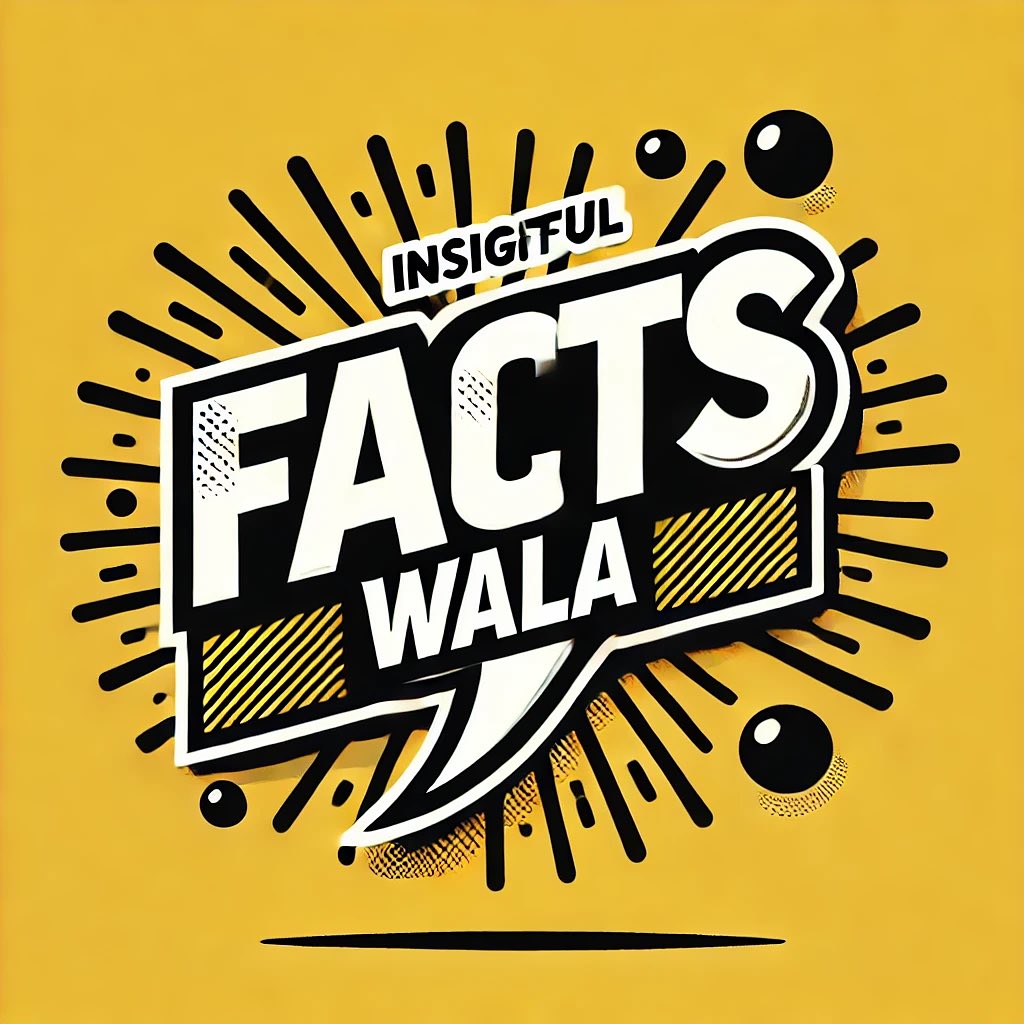
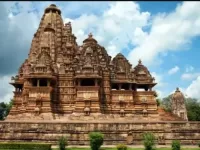



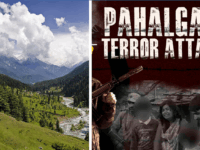







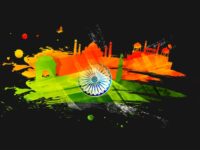
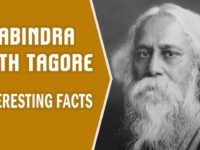
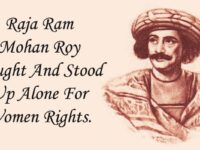





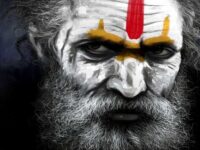







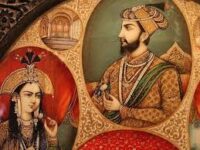
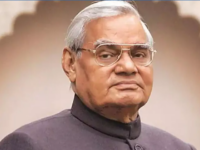


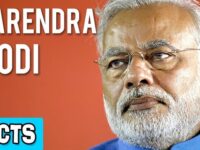




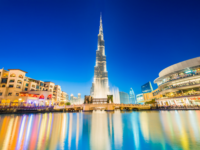

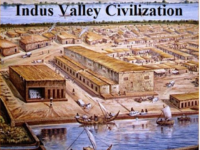









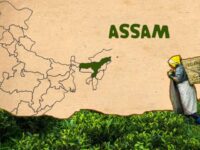

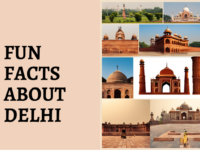



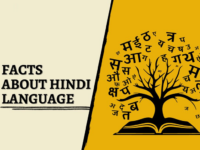
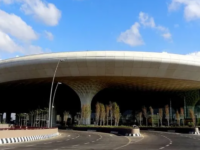




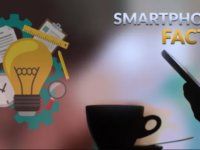


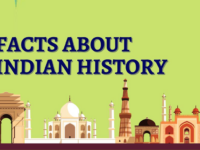

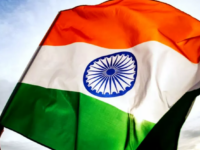
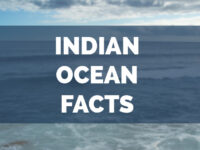

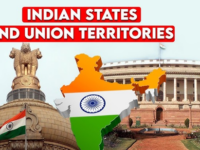

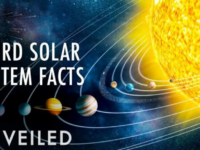




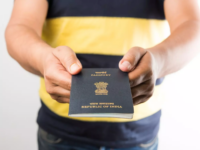

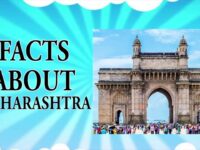
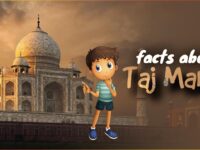





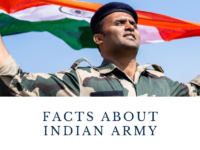
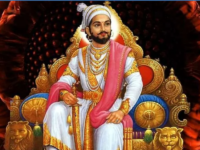











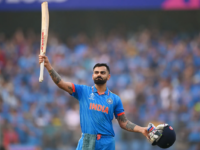


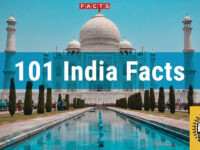
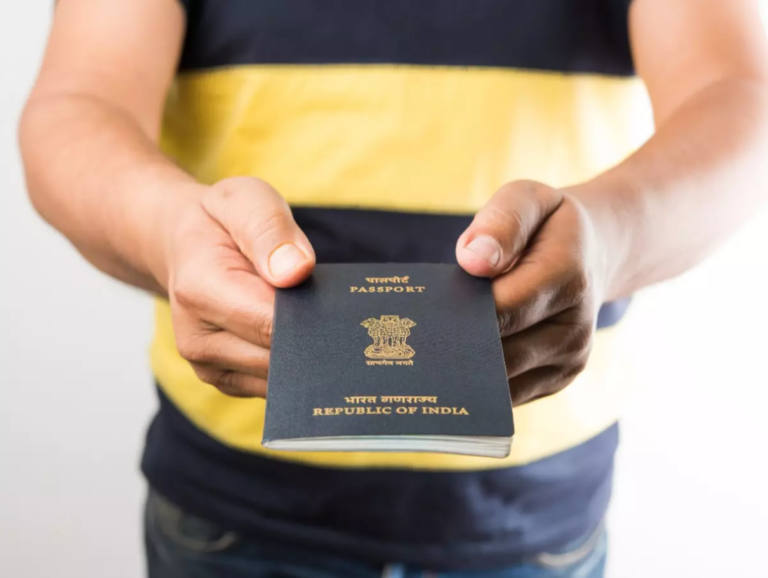
0 Comments